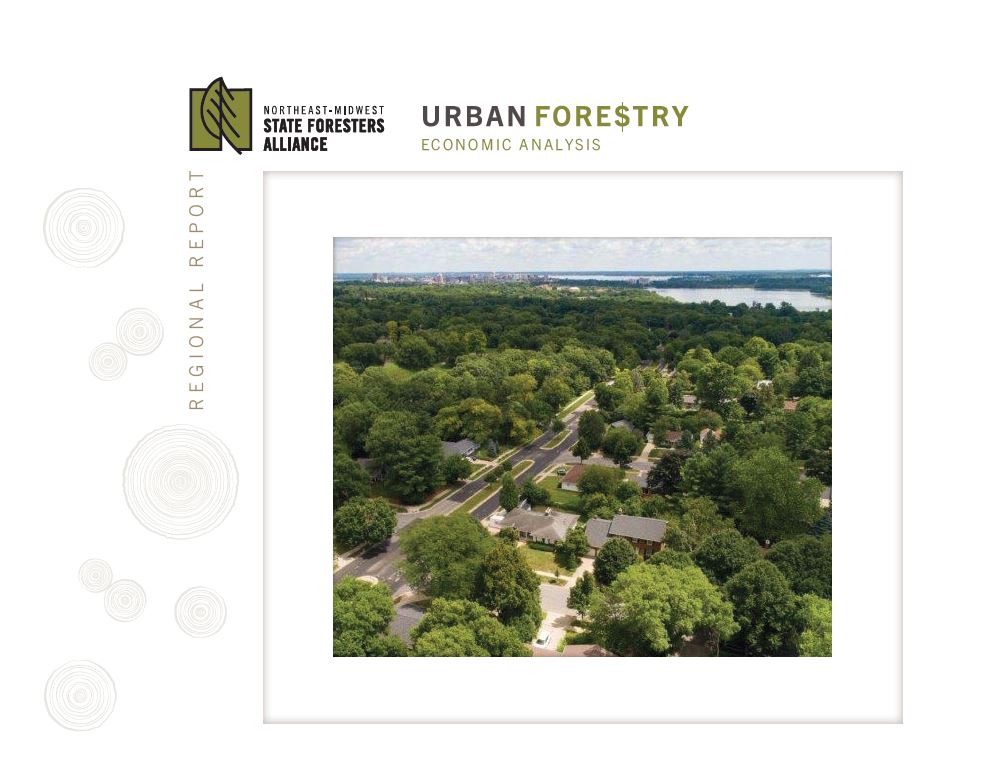
Urban forestry activities in the Northeast-Midwest region of the U.S. had a total contribution of $34.7 billion in industry output to the regional economy, employing more than 357,200 people with a payroll of about $16.05 billion. These total contribution numbers include direct, indirect, and induced effects. Those same urban forestry activities had a direct contribution of $17.6 billion in industry output and $13.5 billion in value-added by supporting 258,550 full- and part-time jobs in various businesses and activities. Every dollar generated in urban forestry contributed an additional $0.97 to the regional economy.
In a ground-breaking study led by the Wisconsin Department of Natural Resources and funded through a USDA Landscape Scale Restoration grant, a comprehensive analysis of the economic contributions of urban and community forestry was completed across the Northeast-Midwest region which includes 20 states and Washington D.C. This analysis includes economic impact numbers, employment numbers, industry outlook and a resource valuation. The final products include regional- and state-level reports, accompanying factsheets and a methodology report.
Additional results show Urban forestry in the private sector represents about 92% of direct jobs (over 237,000) and industry output (over $16 billion) in the region. Landscaping and tree care providers employ the largest percentage of workers at 43%. Public agencies contributed about $1.2 billion in total industry output by supporting approximately 13,800 jobs to the regional economy. Every job in urban forestry resulted in another 0.38 jobs in other sectors of the economy.
Trees cover about 28% of the region’s urban areas, resulting in an annual savings of $3.06 billion a year across three broad categories of ecosystem services. The comprehensive nature of this study leads to a complete picture of urban forestry contributions in the region and provides justification for the enhancement of current programs, as well as for the creation of new measures to support urban forest management. To access the reports and factsheets, please click here.
